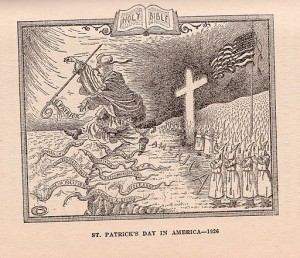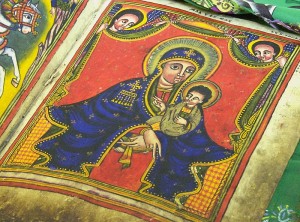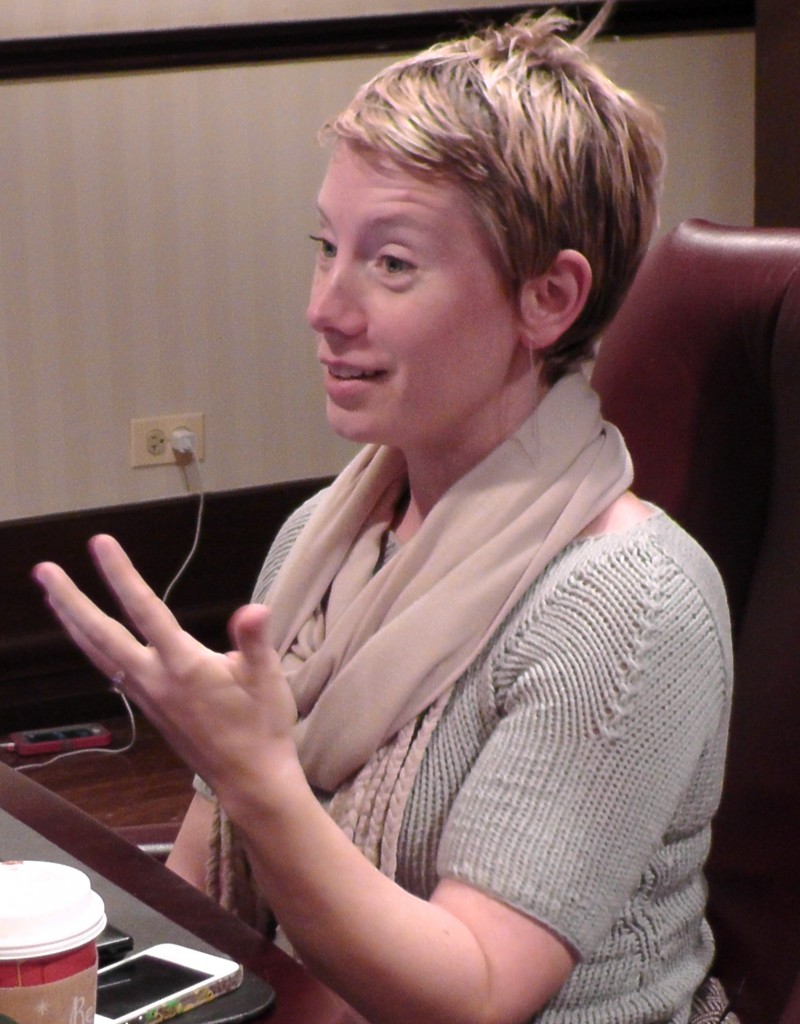
An Imperial Wizard of a Virginia segment of the Ku Klux Klan asserted that his organization was Christian and not a hate organization. He further labeled some KKK members who have been guilty of using violence as “rogue” members and declared that the ideology to maintain white supremacy did not constitute hate. The media took notice (see here, here, and here). When Pope Francis or an Episcopalian asserts that they are Christian, such assertions are not generally newsworthy today (though in the1926 cartoon above, the Christian identification of Catholicism is questioned while the KKK is clearly Christian and American). One reason for this distinction is obvious; some of this leader’s assertions about the KKK diverge from typical characterizations of the group. Continue reading “Acceptance and Exclusion”




 Q:
Q: